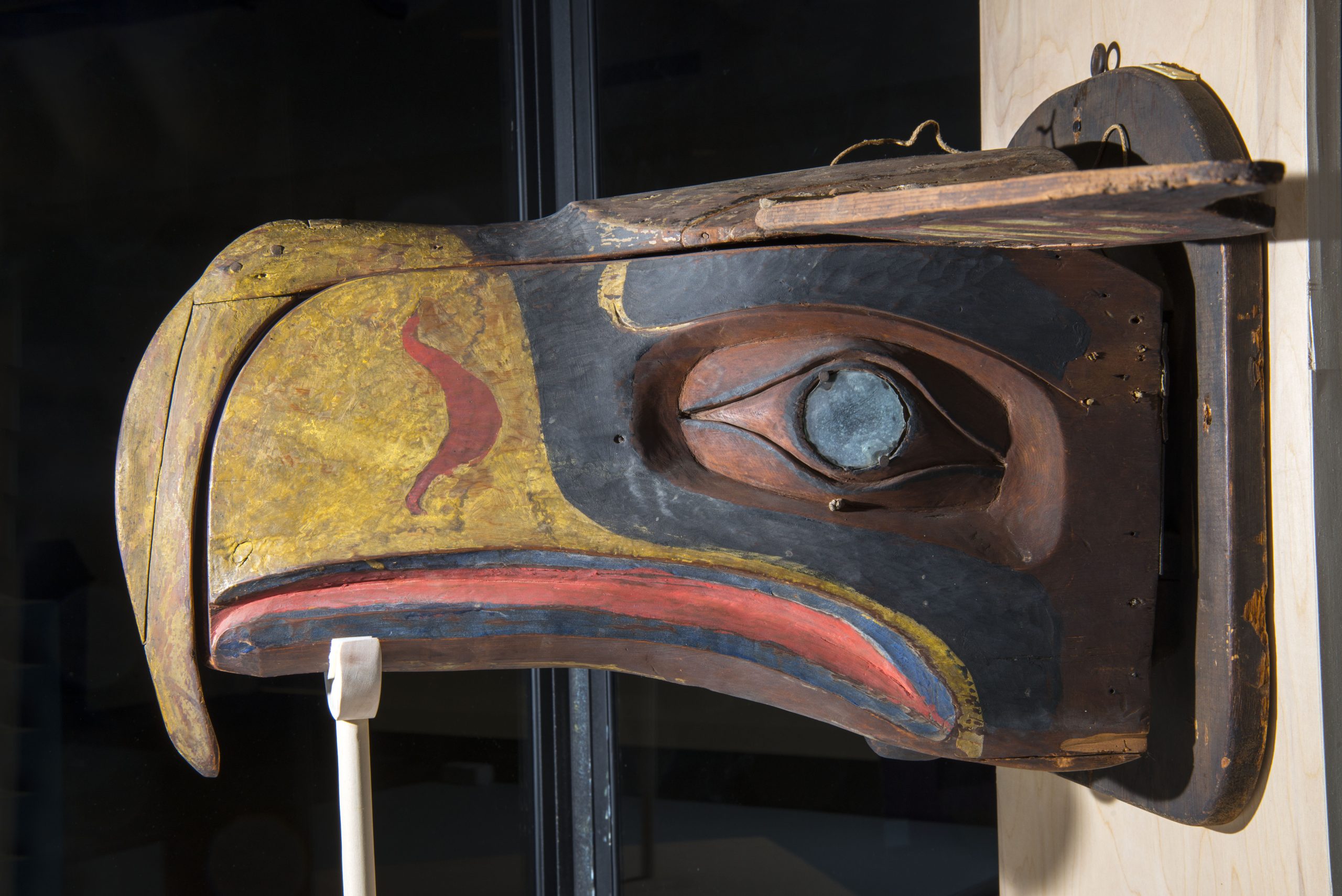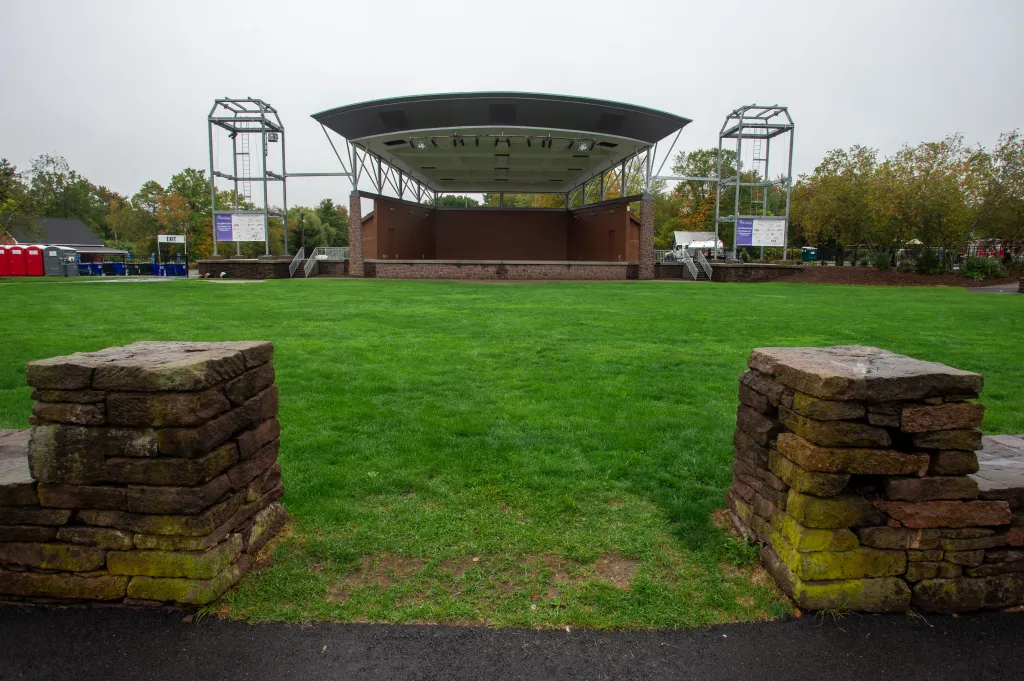
ORONO — As the Seattle Seahawks celebrate their 50th season, a piece of the team’s visual DNA rests quietly in a university museum nearly 3,000 miles away.
The team’s original logo, unveiled in 1976, was inspired by a carved cedar transformation mask created by the Kwakwaka’wakw people of British Columbia.
That very mask lives at the University of Maine’s Hudson Museum, where visitors are often surprised to discover its connection to Seattle football history.
A story that won’t go away
The mask has a way of resurfacing. It made headlines during Super Bowl runs, fueled conversations in rivalries and in milestone moments like this anniversary season. Each time, it sparks fresh discussion about how Indigenous artistry helped shape one of the NFL’s most recognizable logos.
In 2014, the mask even made the trip back to Seattle. On loan to the Burke Museum, it was unveiled next to the Lombardi Trophy — a powerful reminder that Seahawks history is tied to something much larger than the game itself.
With the team marking its 50th season, the mask feels like a natural part of the celebration — its influence visible every time the Seahawks take Lumen Field in their throwback uniforms.
From the Northwest to New England
The mask was carved in the late 1800s or early 1900s and, over time, traveled far from its Pacific Northwest origins. At one point, it was owned by German surrealist Max Ernst in Arizona before entering the collection of William Palmer, a UMaine graduate and philanthropist.
Palmer eventually donated thousands of Native American artifacts to the university, including the transformation mask that would later be tied to the Seahawks logo.
For decades, the connection went unnoticed. The mask was displayed in its open form, showing a human face that didn’t immediately resemble the birdlike image Seahawks fans know by heart. It wasn’t until researchers at the Burke Museum studied it in 2014 that the link was confirmed.
Back on display in Maine
Today, the mask is back in Maine, on display at the Hudson Museum, inside the Collins Center for the Arts. Admission is free and the museum is open weekdays.
For Seahawks fans, however, the mask is more than a museum piece. It’s part of the team’s story — a reminder that the franchise’s identity is rooted not only in football, but also in culture, history and art.
Fifty seasons in, the mask is still turning heads.



